Autumn, the arrival of colder days and winter, is dedicated to calming down, introspection and cleaning up the past. At this time, all three worlds (heaven, earth and the underworld) are connected. Our Old Slavic ancestors celebrated the »Dedi« holiday at this time. They remembered their ancestors by lighting candles in the window, the flames symbolically represent their souls and helped them find their way. In some places, candles were inserted into cut turnips, and in some places they also ate roasted turnips during the winter, which was supposed to cleanse the body and spirit. Since all three worlds are connected at this time, the image on the t-shirt is three-headed, the image of the god whom the ancient Slavs called the god Triglav.
The god Triglav is said to have three heads, as he controlled all three worlds – the underworld, the earth and the sky. Many researchers of mythology see in him the union of the three most important gods. In an old newspaper, in an article from 1871, I found a wonderful note about the Slavic god Triglav: “…he was the most wonderful Triglav, god of earth, the sea and the air. Triglav is the god of greatest wisdom.” He is also compared to the three seasons: spring, summer and winter. The symbol of the sun god Triglav is a golden triangle. The god Triglav often has all three faces covered in depictions so that he could not see and thereby forgive people’s sins. Triglav is also said to have a black horse that his spirits took care of, and the horse is said to prophesy all events that will happen in the future.
Some connect the name of Slovenias highest mountain with the god Triglav, although no records or testimonies about this have been preserved among the Alpine pagans. However, the data on depictions and mentions of the connection to the mountain with the god are interesting. The Slovenian enlightener Linhart wrote in 1788 that: “Triglav, as the name suggests, is a three-headed god, because he was attributed authority over the air, earth and water. He was worshiped mainly by the Slavs living in northern Germany, where they built him magnificent temples. Mount Triglav near Bohinj, full of luxurious scenes of wild natural beauty and the highest peak in Carniola, is supposedly named after this god”. Before the Second World War, the Slovenian artist and intellectual Saša Šantel made a carving with the image of Triglav, on which the head of a long-bearded old man with three faces rises above the mountain, clinging to the peak – in this context, he depicts the alter ego of the Triglav mountain in the form of an old, venerable man . Such a metaphor was already used by France Prešeren in 1836 in »Krst pri Savici«, when he described Mount Triglav as the “gray head” of the Carniolan chieftain with the triple head of snowmen.
About the number three
In mythology, the number three is a fairy-tale number that often appears in folk tales, fables and legends. The sanctity of the number three is known throughout the world, it represents wholeness and perfection, which is why it plays a central role in many religions. Among the pre-Christian Slavs, the idea of the world was divided into three spheres: the underworld, the earth and the sky, and all these three spheres were connected in the world mountains or the cosmic tree. Society was also divided into three classes: priests, soldiers and farmers-livestock breeders. The three-part view of the world is also a belief in the gods of heaven, earth and the underworld. Among the Slavs, these are three deities who were worshiped in ancient times: Perun, Veles and Mokoš. In Slovenian folklore, the story of the tročan has been preserved. »Tročan« was always in the sign of fire (sun), water and earth. There are large »tročans« that connect the three cult sites in the region, the first site is connected with water (goddess Mokoš), the second with the sun (god Perun) and the third with the earth or the underworld (god Veles). With such spatial divisions, the ancient Slavs organized the cosmos out of chaos and thereby enabled social and religious well-being. There are also known small »tročans« (stones) that people put in their home, when building a house, two were placed in for the base, and one was hidden and only the master of the house knew about it. They also classified the buildings on their land (farm, house, stable, apiary, hayloft…) into triangles. Even the trees and crops were arranged in a triangular shape.
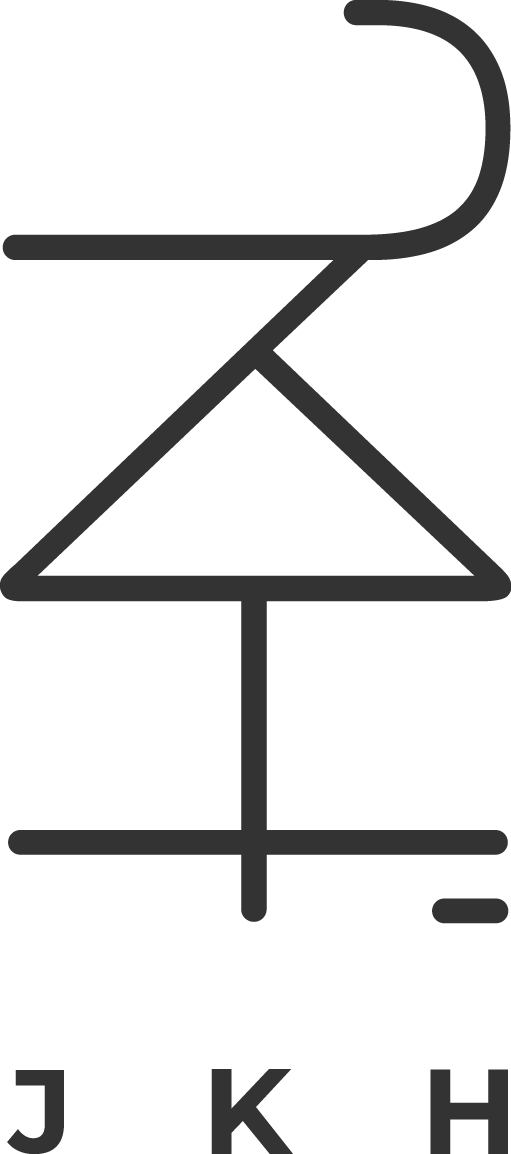
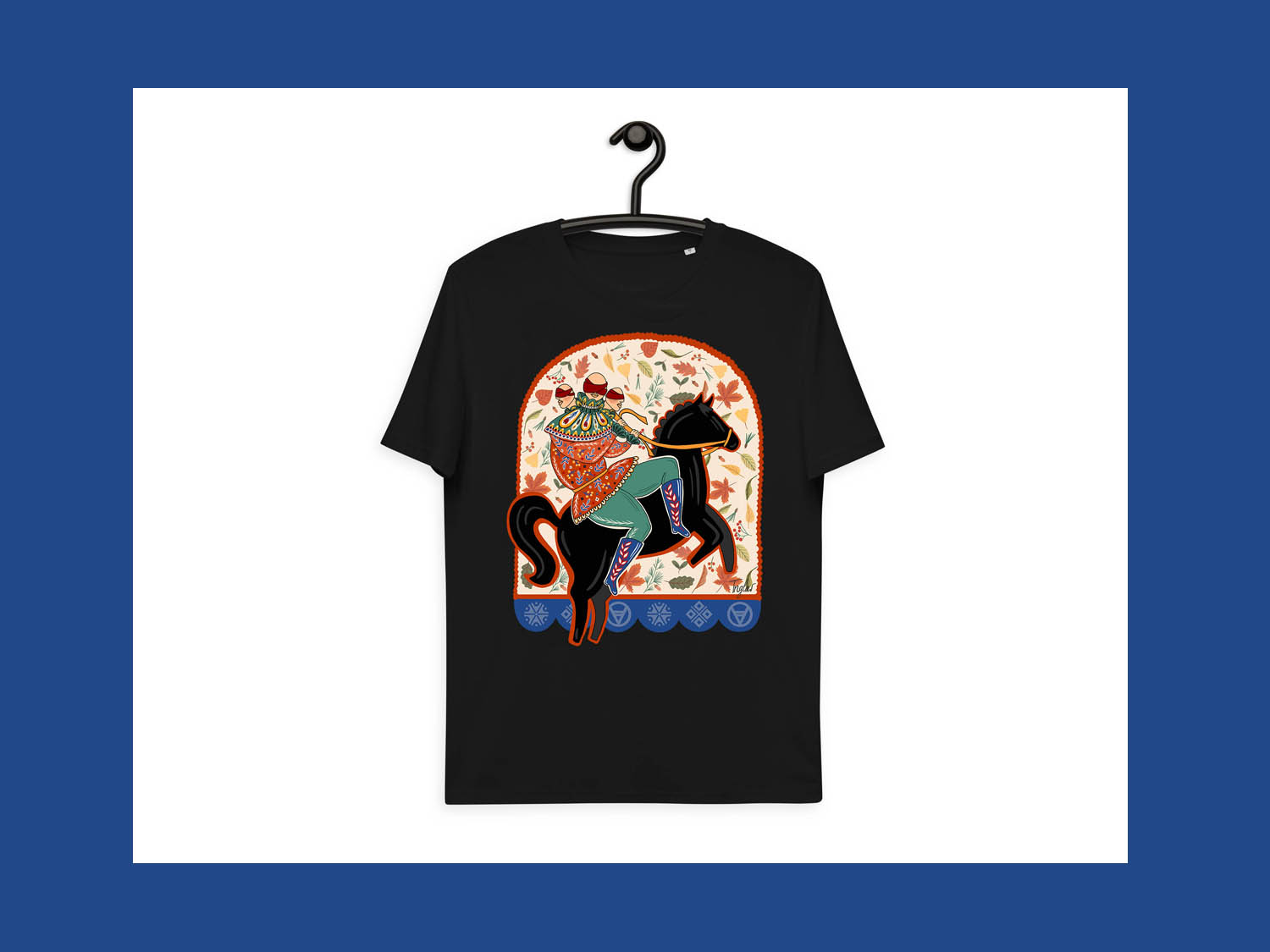
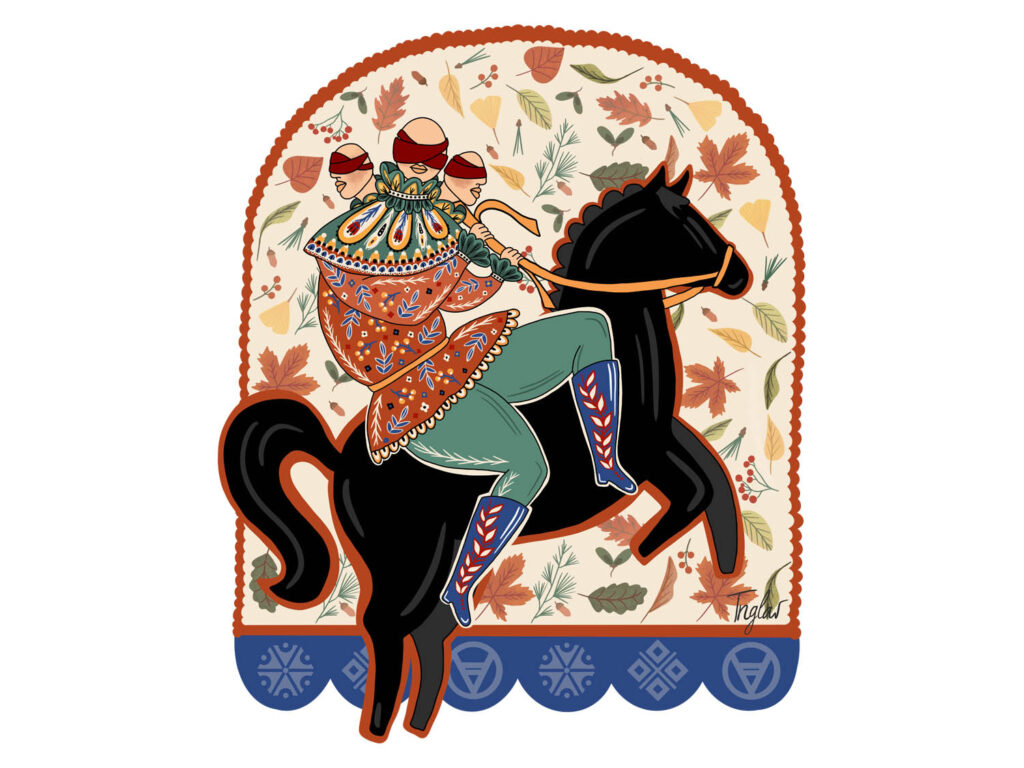
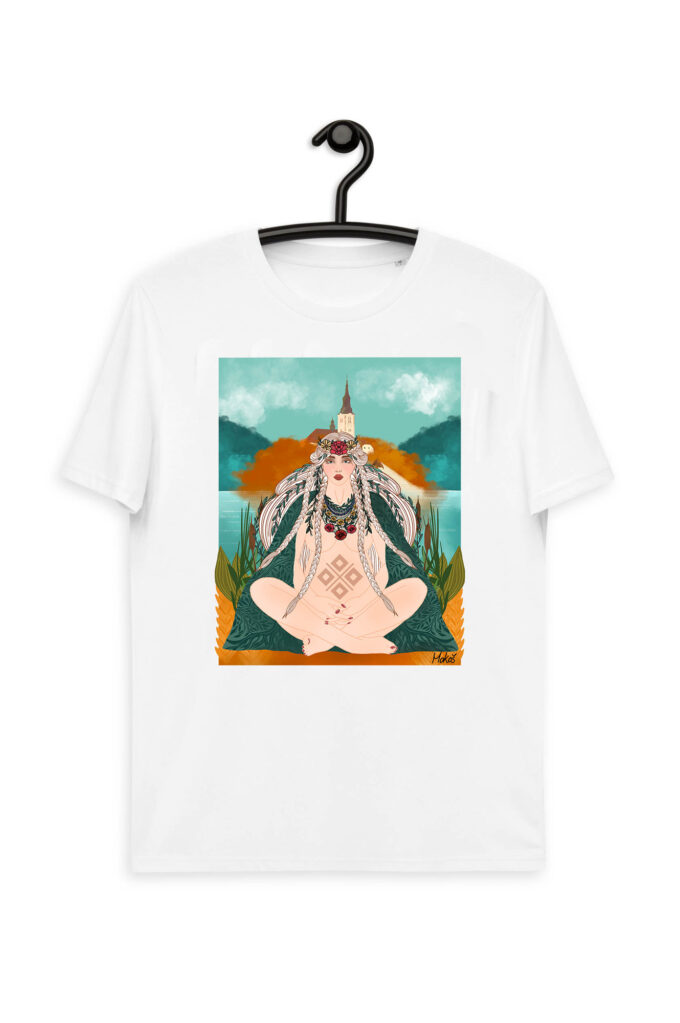
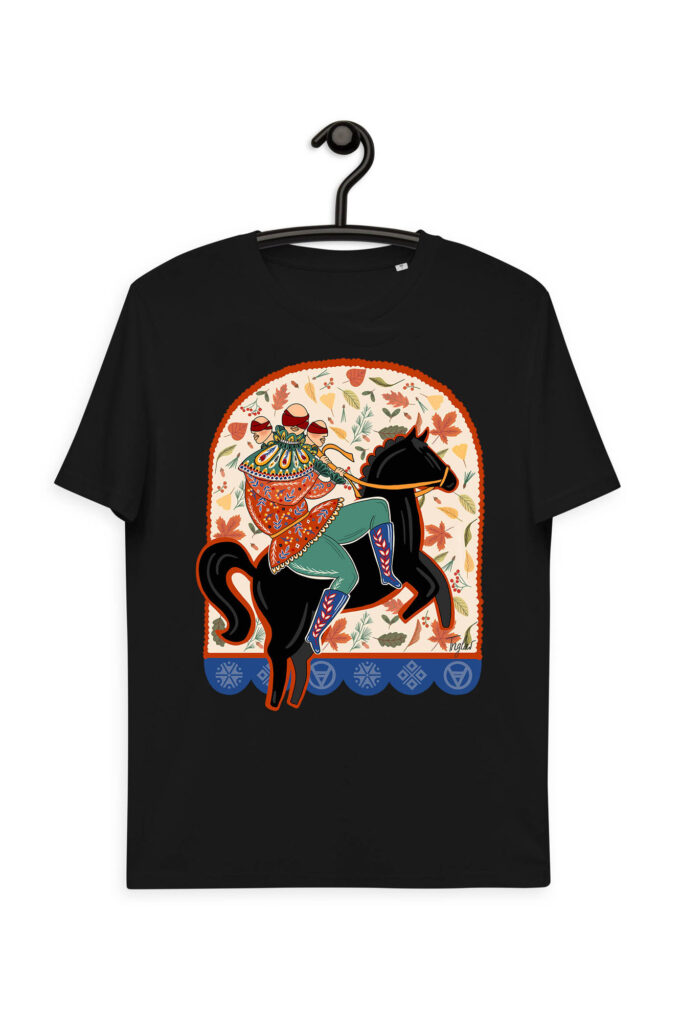
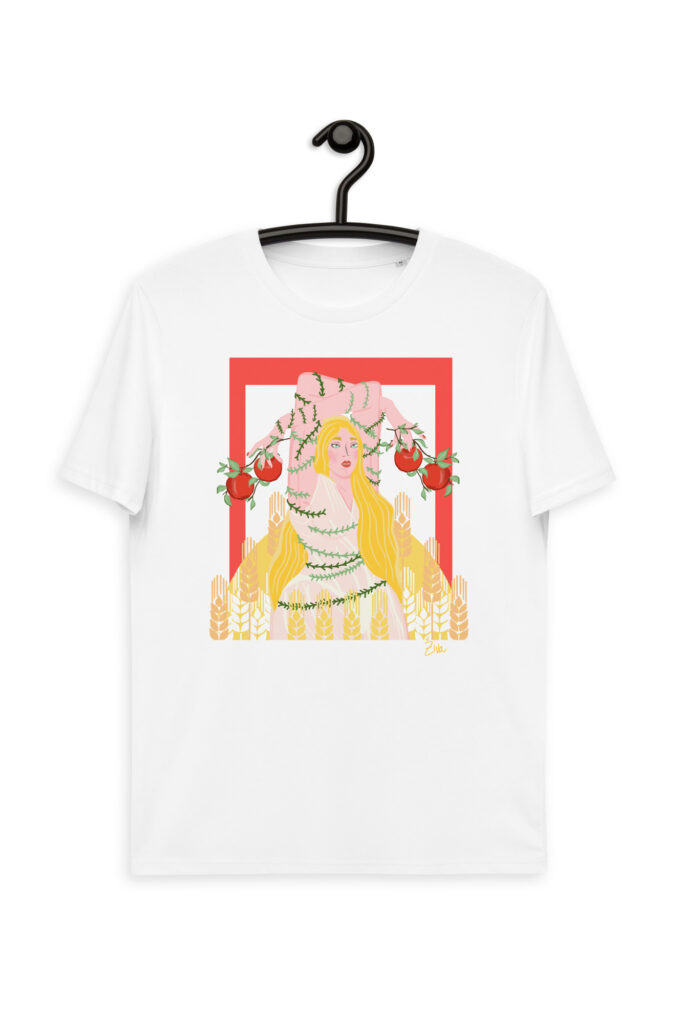
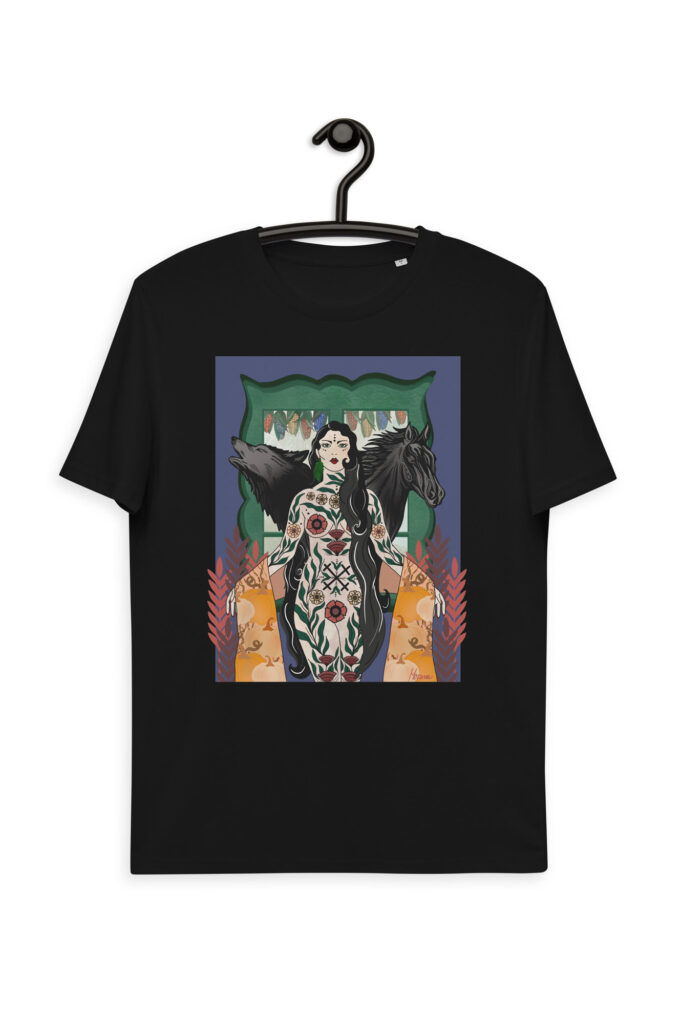
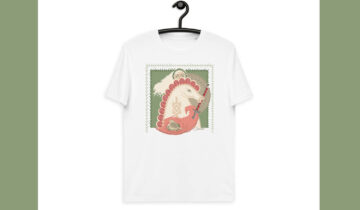
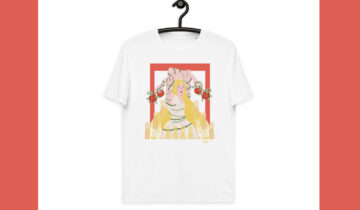
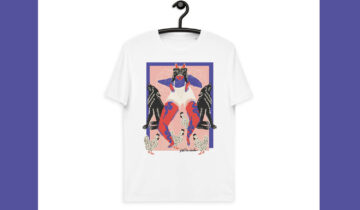
 No products in the cart.
No products in the cart.